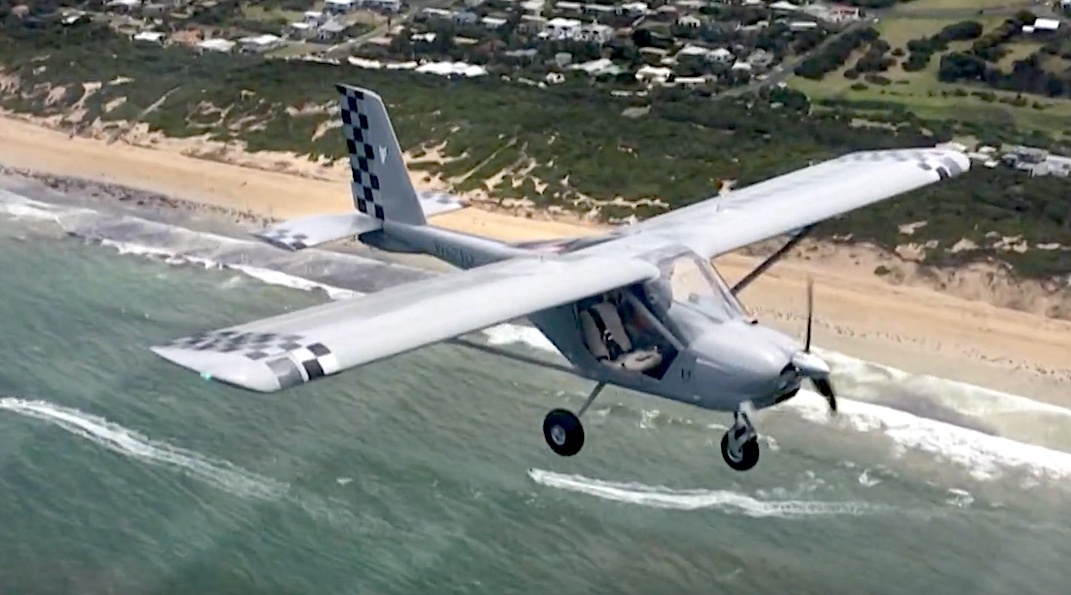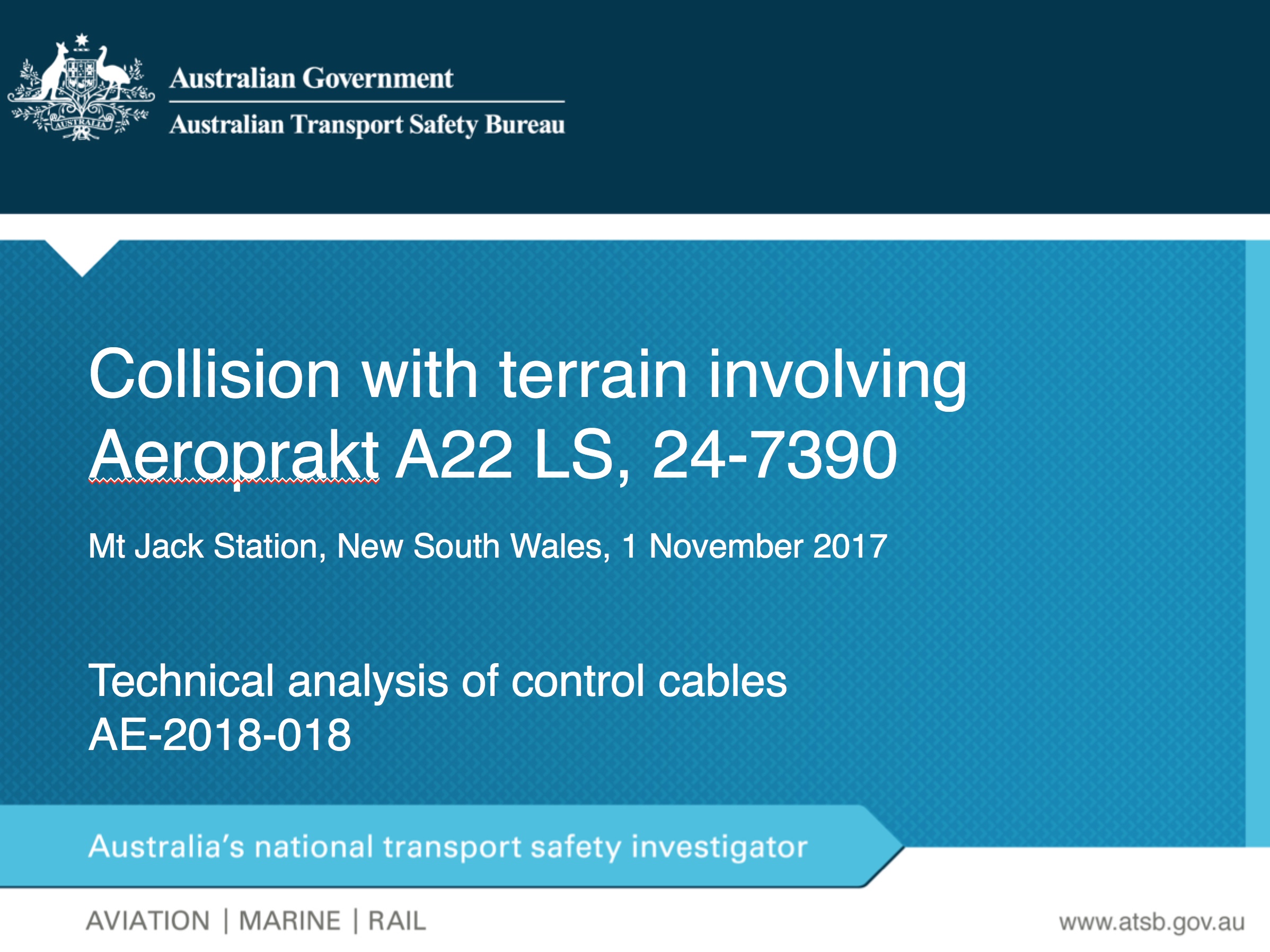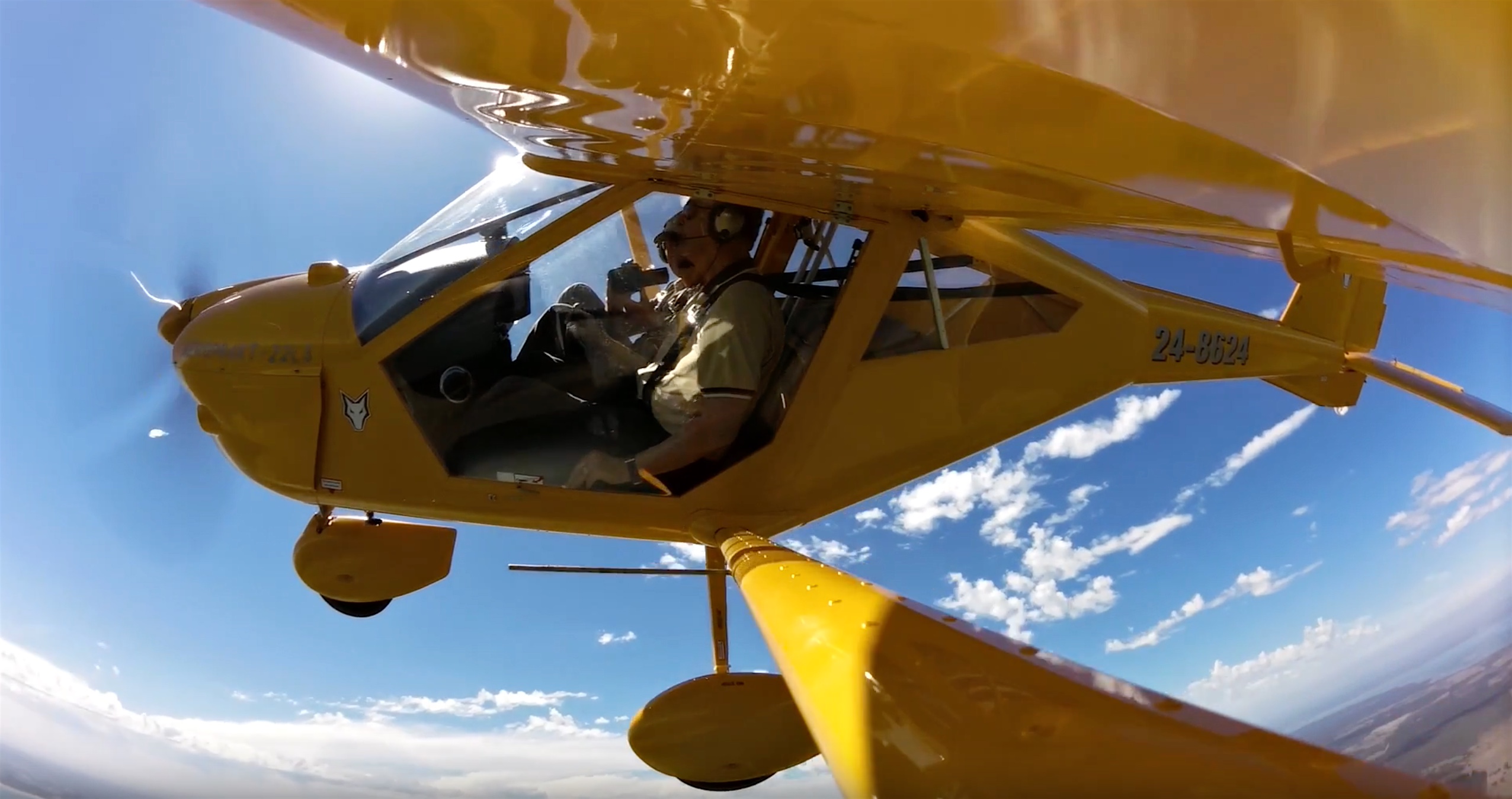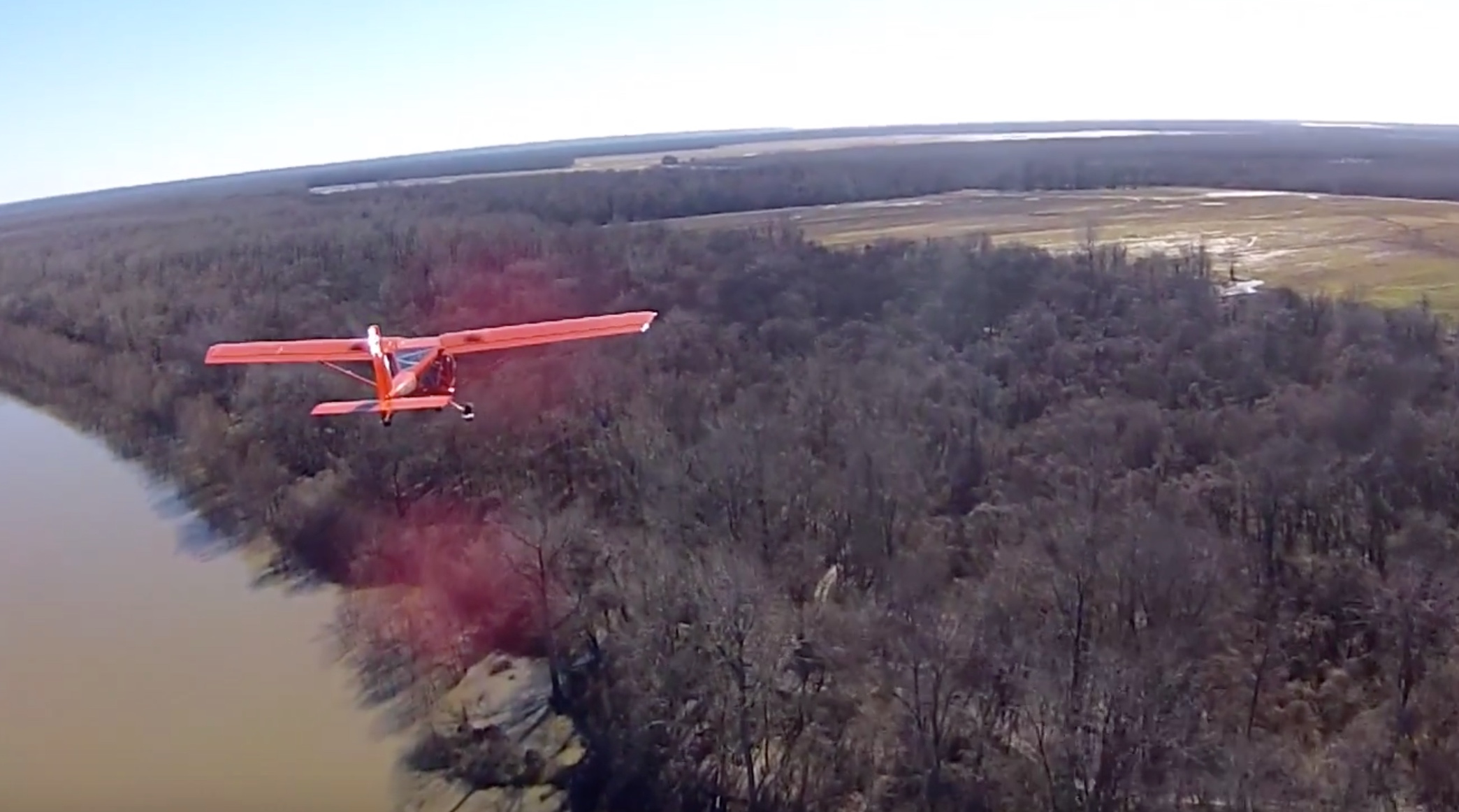 1. LSAs were originally devised in the early 2000’s in the USA where they were intended to bridge the gap between unlicensed ultralights and fully certified GA aircraft. The objective was to make non-ultralight flying less expensive, through cheaper aircraft and reduced pilot license requirements. Instead of FAA certifying aircraft, the responsibility was shifted to the the manufacturer to confirm their aircraft were compliant with a number of quite rigorous ASTM standards (formerly known as the American Society for Testing and Materials). These standards cover everything from original design through to manufacture and flying characteristics. FAA continues to police the manufacturers through full-blown inspections of their factories and processes to ensure ASTM standards are being met.
1. LSAs were originally devised in the early 2000’s in the USA where they were intended to bridge the gap between unlicensed ultralights and fully certified GA aircraft. The objective was to make non-ultralight flying less expensive, through cheaper aircraft and reduced pilot license requirements. Instead of FAA certifying aircraft, the responsibility was shifted to the the manufacturer to confirm their aircraft were compliant with a number of quite rigorous ASTM standards (formerly known as the American Society for Testing and Materials). These standards cover everything from original design through to manufacture and flying characteristics. FAA continues to police the manufacturers through full-blown inspections of their factories and processes to ensure ASTM standards are being met.
2. As of 15 April 2014 there are 134 different approved LSA aircraft available in USA. The number approved in Australia is unknown as neither CASA nor RA-Aus publishes this information.
3. The very first officially approved LSA aircraft in both USA and Australia was the Evektor SportStar Plus. Thus with some pride, Evektor claims to be the ‘Number One LSA’ company. In USA sales terms, they rate at No. 5.
4. The ASTM LSA standards were over-ridden by CASA in Australia in a number of areas. The reasons for this are unclear but rumour has it that some local manufacturers felt some of the standards could not be easily met by their products at the time. The main differences are:
– the USA straight & level, full power, maximum speed limit is 120 knots. There is no maximum speed in Australia
– the USA stall speed at maximum take-off weight (MTOW) must be under 45 knots ‘clean’ – ie no flaps. In Australia it is 45 knots in landing configuration – ie with as much flap as you need.
– the USA allows both glider and banner towing by LSAs. Australia only allows glider towing.
5. LSAs may be factory manufactured – in which case they are known as ‘Special’ or S-LSAs – or built from approved kits – in which case they are known as ‘Experimental’ or E-LSAs. In Australia, E-LSA aircraft registration numbers on RA-Aus aircraft (but not CASA VH- aircraft) are preceded with the letter ‘E’ – for example: E24-8460. Under E-LSA regulations, there is no ‘51%’ rule, so an aircraft can be almost complete, with only a few items for the builder/owner to finish.
6. An LSA aircraft may only be modified from its delivered configuration with the manufacturer’s written approval. This includes adding to or changing instrument types on the panel (including changing the radio type), changing any of the installed equipment, even installing bigger (or smaller) tyres. Contrary to popular belief, a CASR Part 21 engineer (previously known as a CAR 35 engineer) cannot legally approve modifications to an LSA.
7. In Australia, LSAs can be either be VH-registered with CASA or 24-registered with RA-Aus – the aircraft are identical, only the paperwork and pilot license requirements are different.
8. CASA-registered LSAs (but not RA-Aus registered LSAs) can be flown in Night VFR conditions, provided they are fitted with the required Night VFR equipment and the pilot has a night rating or higher.
9. Retractable (‘re-positionable’) landing gear is only permitted for amphibious LSAs . Landplanes must have fixed landing gear.
10. The Aeroprakt A22LS Foxbat is an approved LSA aircraft both in USA and Australia. Customer aircraft are registered both with CASA and RA-Aus. Among them in Australia, there are both amphibious and Night VFR rated aircraft.




 Following the recent Australian launch of the
Following the recent Australian launch of the 





